Table of contents
What is pranayama?

Pranayama is the exercise of conducting the breath. In yoga, breathing is associated with vital force, in that it comprises this energy that makes the continuity of life possible. For this reason, pranayama comprises a technique capable of prolonging life and ensuring greater health, in that it optimizes this process of nourishing the cells with vital energy.
In this article, you will learn more about all the relevant issues for the pranayama exercise, such as its meaning, benefits and even some techniques to start practicing. Check it out!
Meaning of pranayama
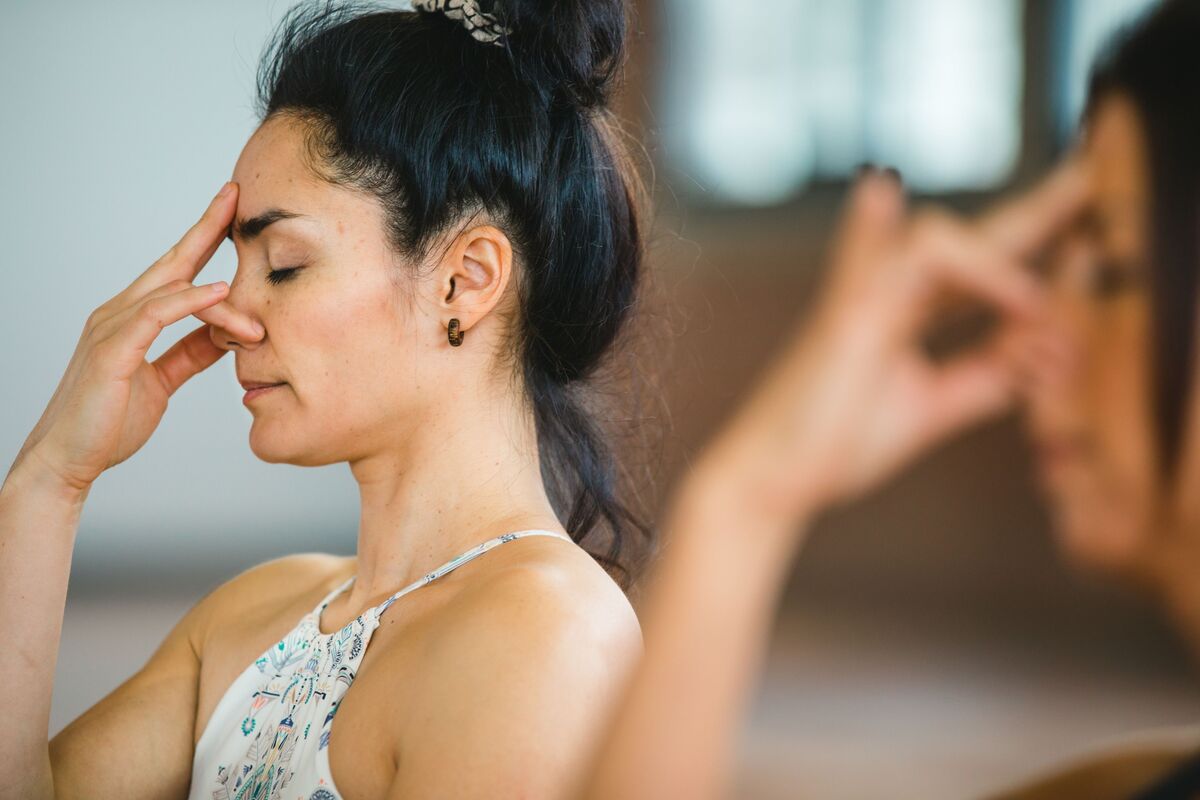
Pranayama consists of the practice of essentially breathing exercises, which lead to a better state of the body in general. In an immediate way, pranayama relieves stress, improves concentration and ensures greater stability to the body and mind.
In the long run, it is able to cure diseases and increase the longevity of the human being, as it ensures the maintenance of the health of the cells of the body. Following are some of the essential aspects of pranayama, such as what is prana, its relationship with consciousness and unconsciousness, pranayama and the chakras and more. Follow along!
What is prana?
To do the Pranayama exercises correctly, it is essential to understand what prana is. In Hindu philosophy, adopted by Yoga, prana is vital energy, which feeds everything that is alive. It is a biological source, but also spiritual.
As such, pranayama exercises exist to work on the flow of prana throughout the body, which is often left out in the fast-paced Western world. Prana is responsible for overall tissue health, leading to longevity and healing of many diseases.
Meaning of the word "pranayama"
The word pranayama is composed of two others that have specific meanings, being prana the vital force and yama the control, the restriction or the channel. In this way, pranayama would be precisely this capacity to channel the vital force.
In addition, Yama is also associated with the god of death in Yoga. In this case, there is an allegorical interpretation of breath as the balance between life and death, in that there is life only as long as the being is breathing.
Pranayama and yoga
Pranayama is, in general, worked on in Yoga, as it is one of the foundations of the stability sought by this practice.
Yoga, besides an exercise for the body, is an exercise for the mind. The ability to combine posture and breathing is essential for its evolution. For this reason, practicing pranayama together with physical postures is the way in Yoga to reach absolute balance.
Pranayama and the nadis
The nadis are the nerve endings of the body that absorb the energy of prana. It is through them that the alignment promoted by pranayama, in fact, happens. They can be considered subtle channels, through which this energy circulates. The obstruction of these channels is associated with the emergence of diseases.
In all, there are 72 thousand nadis, but 3 main ones can be identified, which represent the masculine, the feminine and a central one, through which all the energy circulates, when body, mind and spirit are in balance.
Consciousness and unconsciousness
One of the major goals of life for Yoga is the transformation of what is unconscious into conscious. In this context, pranayama plays the role of a bridge between the conscious and unconscious. It is about the expansion of life force.
Thus, pranayama is important because it establishes this contact between mind, body and spirit. Therefore, it acts as a guide for consciousness. Its exercise is, therefore, a true passage for conscious evolution.
Body as a vehicle of energy
According to Yoga philosophy, the body is a true vehicle of energy and the study of prana and pranayama exercises are ways to observe this functioning.
In this logic, life is a pulsating energy in which the body is the source itself. The channeling of this energy, in turn, would be able to optimize this process and, to the extent that the energy is better conducted, the body and mind would benefit. Pranayama, therefore, helps to make the mechanism work, which makes the body a vehicle of energy.
Pranayama and the chakras
The chakras are the energy centers that organize the human body, each one being associated with a set of situations and emotions that guide the being towards evolution. Pranayama, in this context, is the fuel for the energetic process that is hosted by the chakras.
For this reason, practicing pranayama is also essential to maintain chakra alignment and feed each energy center in the right way.
Benefits of pranayama
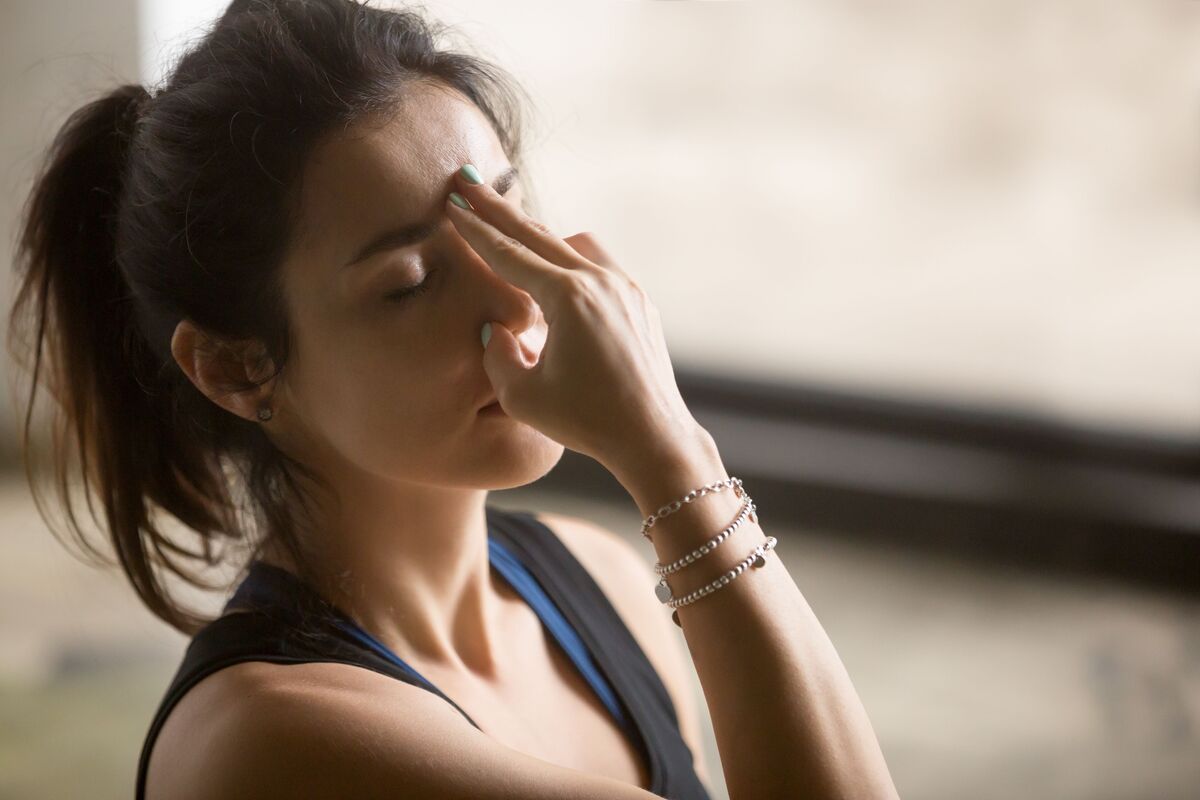
The benefits of pranayama in the life of the practitioner are endless. This exercise, if done daily, significantly improves stress and anxiety problems, leads to weight loss and ensures greater balance for body and mind.
This happens because, in general, pranayama increases the vital energy present in each tissue and the improvement of the flow favors the balance of the system as a whole. Below are some of the main benefits acquired by the daily practice of pranayama. Follow!
Decreases stress
In the rush of life, stopping and breathing may seem like something very difficult and meaningless, but this is precisely the only effective way to regain the peace of mind needed to accomplish all tasks. By performing pranayama on a daily basis, you reduce stress and anxiety levels. Thus, you can concentrate better and decide with awareness.
Pranayama proposes to bring this practice to your daily life, so that you can always keep your stress levels low, ensuring a better quality of life.
Helps to lose weight
Anxiety and lack of time are the two main factors that lead to weight gain. The pranayama exercise helps to combat these two factors. Thus, besides not being anxious all the time, which helps you make better decisions about what to eat, you become more aware of what is good for your health and stop wanting harmful foods, such as fast food andultra-processed.
The result of this is weight loss in a natural and healthy way. In addition, many pranayama exercises, if done correctly, burn localized belly fat.
Helps the lymphatic system
The lymphatic system is responsible for carrying the body's liquids, especially the defense cells, so important for the maintenance of health as a whole. However, the accelerated breathing is responsible for the accumulation of liquids, which brings the feeling of swelling and can lead to several more serious problems over time.
Thus, with the practice of pranayama, it is possible to reverse this situation. The exercises boost the lymphatic system, reducing the feeling of swelling and increasing the efficiency of the tissues. The effect is the same as a lymphatic drainage done by beauticians, but in a natural way.
Increases the brightness of the skin
Correctly worked breathing is responsible for the health of the tissues in general and it is no different with the skin. Thus, performing pranayama, you also have the benefits of skin care, without expenses and in a natural way.
The plethora of creams and treatments can be replaced by breathing exercises, in which the elasticity and health of the cells come naturally. The result is a glowing and healthy skin.
Brings energy
Hindu philosophy, in general, works with the idea that the body itself is a center of vital energy, on which all existence depends. In this sense, the breath and prana are the major source of circulation of this energy.
So, working this flow correctly means potentiating vital energy. For this reason, through pranayama, you acquire greater energy for daily tasks, reducing stress and anxiety. In short, it is about living fully the energy that is offered as a gift every day by life.
Harmonizes the body
Because it is precisely this flow of energy that governs life, including pranayama in your daily activities is a way to harmonize your whole body. Incorrect breathing is not only associated with weight gain, but with all kinds of energy accumulation that causes imbalance.
Thus, with these exercises, you become able to improve physical fitness, breathing and even balance, including your ability to walk, run and do daily activities, manual or intellectual. In this way, it is a way to promote the harmony of the body, in general.
How to do pranayama
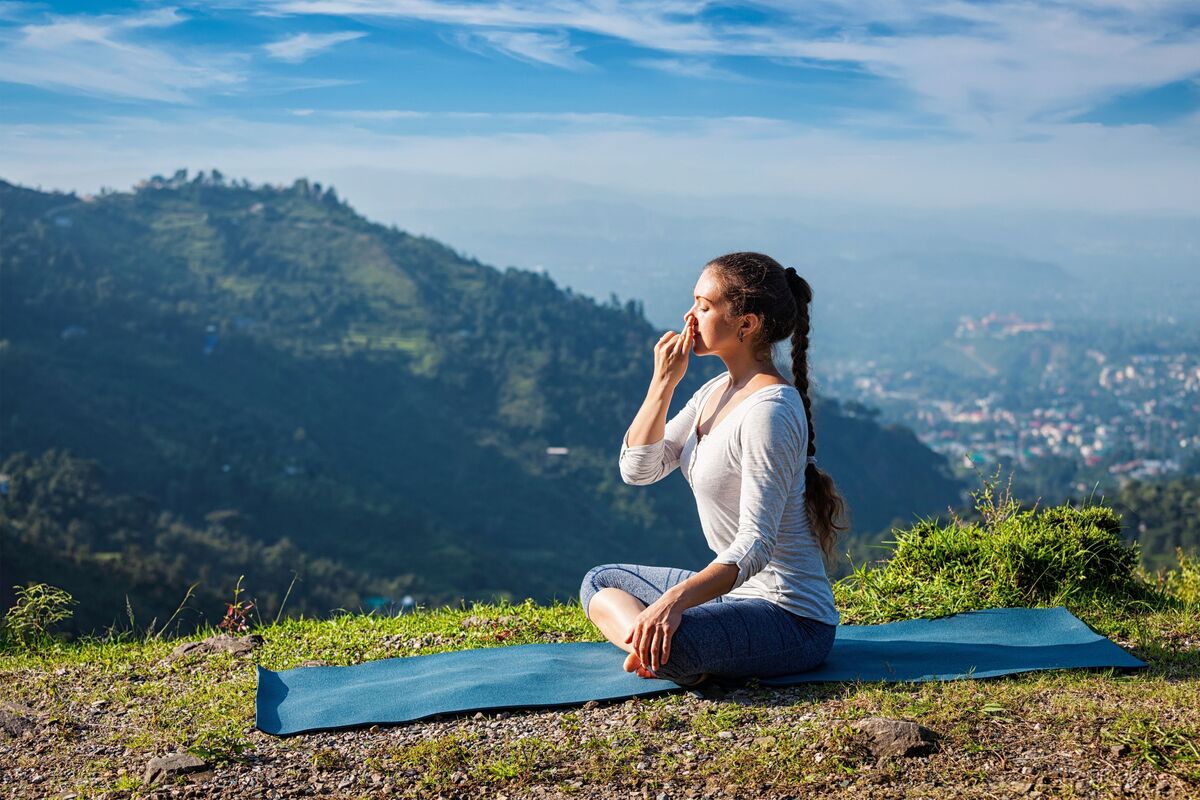
As important as the method of pranayama itself are the conditions of the environment and especially your interior for the practice. Thus, it is essential that you are in an environment in which you can concentrate and surrender to the exercise.
It's also important to be properly seated and have no distractions around if possible. Below are some tips on how to do pranayama, such as the preparation and alternate breathing, check it out!
Preparation
It is essential that the environment for the pranayama exercise is welcoming. You can put essential oils, incense and a relaxing music, to speed up the whole process.
It is also very important that you are comfortable. You should stand in a place where you can stand cross-legged and with your spine erect. Because it is a breathing exercise, it is very important that the air can circulate smoothly throughout your body and, for this, posture makes all the difference.
Alternate breathing
The best way to train your breathing for pranayama is through alternate breathing. To do this, you should first cover one nostril with your thumb and inhale deeply. After filling your lungs with air, you should switch sides with your thumb and exhale through the nostril that was previously covered.
This process should be repeated initially 5 times. With time, the ideal is to perform 12 minutes of this exercise per day. When you reach this goal, you will be at a point of evolution of your pranayama.
Pranayama exercises
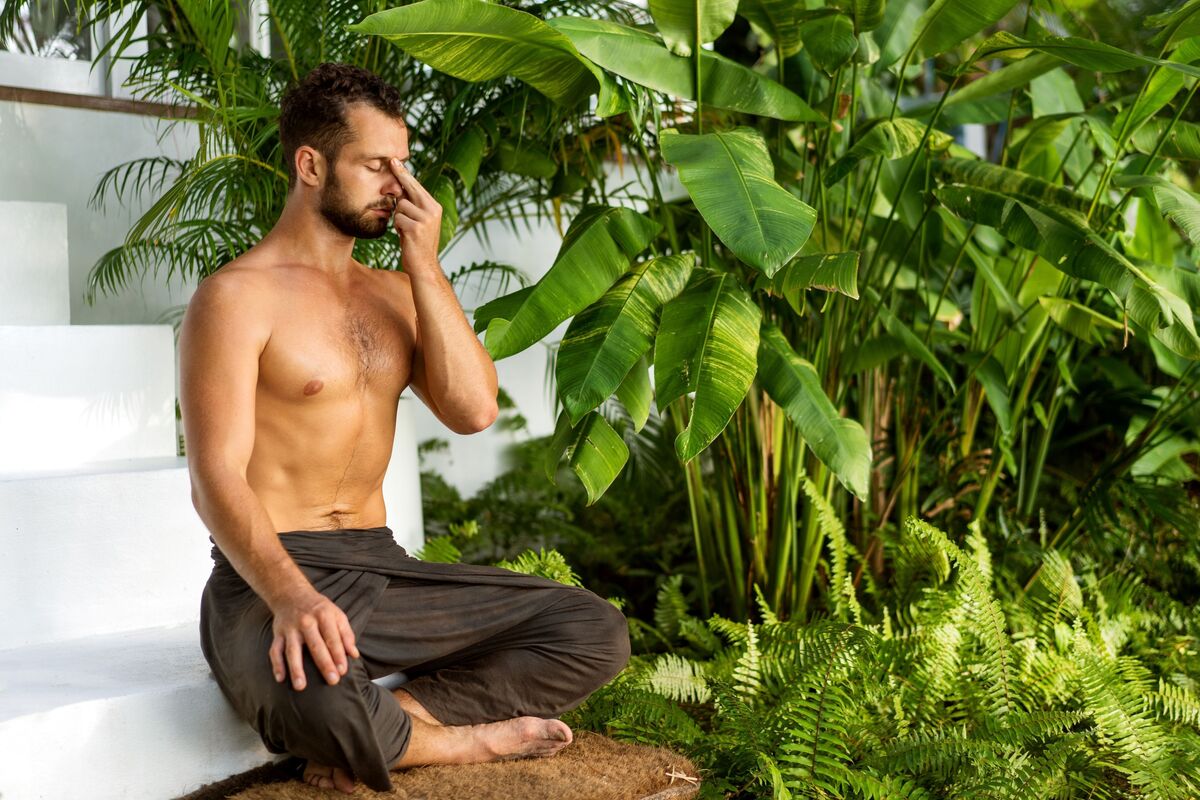
As already explained above, the practice of pranayama includes some exercises mainly of breathing, which ensure the improvement of mental and physical health as a whole. Thus, it is possible to practice different exercises, to work different areas of the body conjuncture and get various benefits from it.
Below you will learn about the main pranayama exercises, which include coherent breathing, anti-stress breathing and energizing breathing. Follow along!
Coherent breathing - Adhama Pranayama
Adhama means "lower" and its exercise refers to the lower part of the diaphragm. Therefore, it is quite simple to do the exercise, as it serves more to initiate conscious pranayama breathing, rather than to force some non-spontaneous movement.
Ideally, you should lie on your stomach with your hands on your navel. Then, you should concentrate on your breathing, noticing the movements of inhalation and exhalation, for 10 times. After this period, you should contract your abdomen more than normal, every time you exhale. The idea is to expel all the air stopped in the diaphragm, to increase the circulation of prana.
Anti-stress breathing - Kapalabhati Pranayama
Kapalabhati Pranayama means bright mind and refers to the feeling of lightness and mental clarity that there is, after the exercise. This is one of the six purifications of Hatha Yoga and aims to clean the respiratory tracts. To perform pranayama, you must first exhale strongly, to get all the air out of your lungs.
Then inhale lightly, without holding the air, and exhale again with vigor. This reinforced exhalation serves to promote cleansing and you can even let the mucus flow from the nostrils and contract the abdomen a lot. This process is very positive for strengthening the respiratory system and internal organs.
Energizing Breathing HA - Pranayama
In pranayama, HA breathing is done to ensure vitality and exercise body and mind. The process consists of leaving your elbows bent, palms up. As you exhale the air from your lungs, you should speak one HA, to increase the intensity. At the same time, you should lower your arms and turn your palms downwards.
Thus, the movements together increase the flow of energy in different points of the body at the same time.
What is the purpose of pranayama?
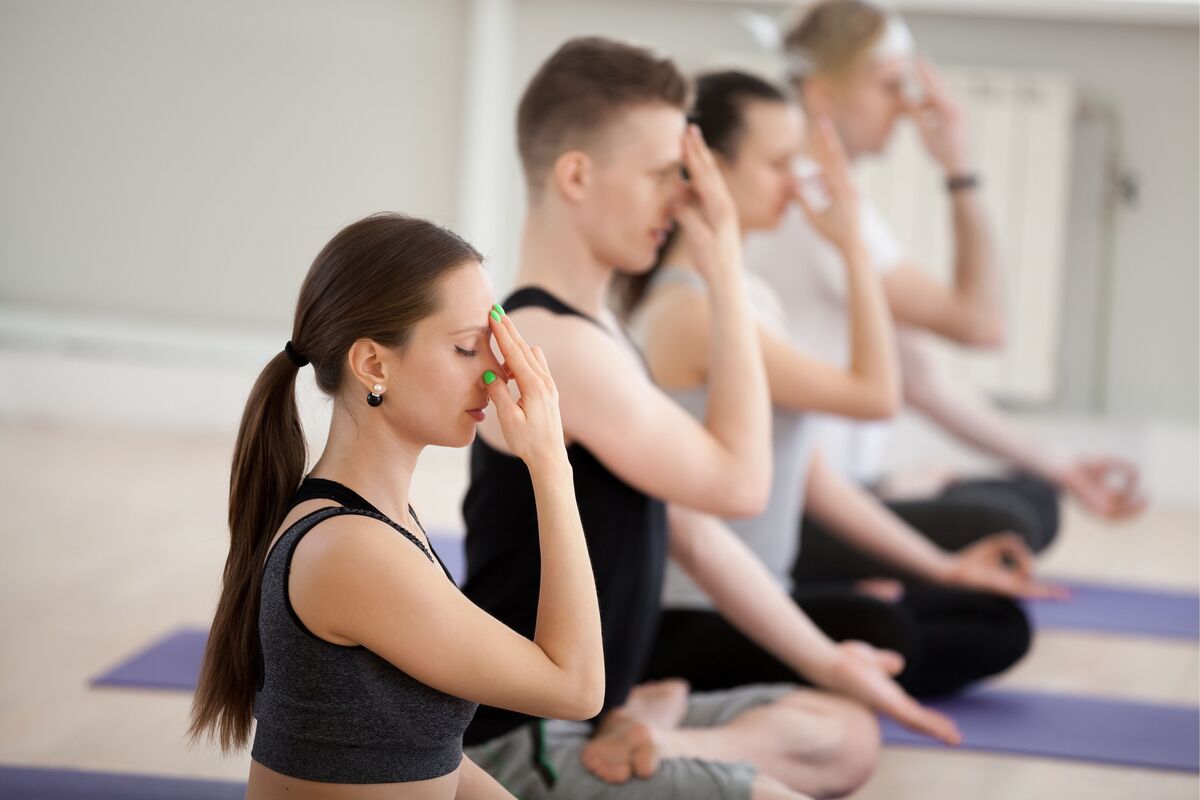
The goal of pranayama is to align the flow of energy in the body, which is done through paused breathing exercises, because by being able to observe the movement and rhythm of these vital impulses, the body's functions are balanced and all tissues are revitalized.
Thus, pranayama is certainly the most important exercise for the human being, because through it it is possible to get rid of stress and anxiety, lose weight and establish the balance between body and mind. The performance of the body as a whole improves when there is the practice of pranayama!

